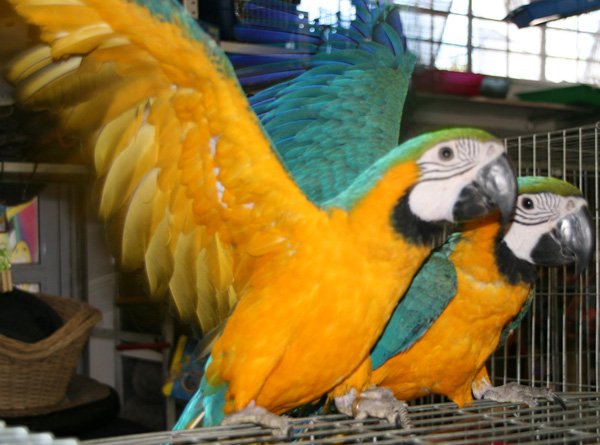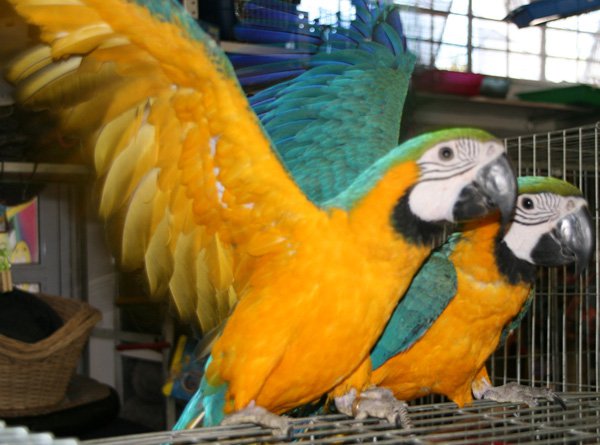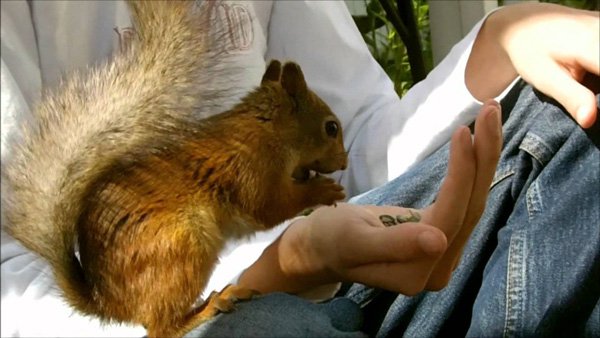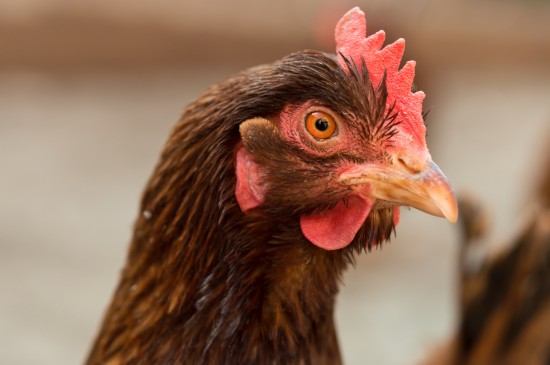

Photophobia is the term given to a hypersensitivity to light, which in dogs can indicate signs of a potential illness. A range of other symptoms may accompany the condition, which will all need to be considered in combination when making a diagnosis. Photophobia can cause pain and discomfort for the affected dog, and over the long term, a hypersensitivity to light can in fact cause permanent damage to the eyes. Because the condition is one that is not overly common or much discussed online, many dog owners are completely unaware that photophobia can affect dogs, making diagnosis more of a challenge.
It is a good idea for all dog owners to develop a basic understanding of the condition and its symptoms, in order to learn how to identify it. In this article, we will look at canine photophobia in more detail. Read on to learn more.
There are a fairly wide range of different conditions that can lead to photophobia, and not all of them are directly related to the eyes themselves. The main causes of photophobia in dogs include:
Because there will often be no physical changes to the appearance of the eyes themselves in cases of photophobia, the symptoms of the disorder in dogs tend to be subtle and hard to spot. Photophobia means that being exposed to light, particularly very bright light will be uncomfortable and painful for your dog, and so your dog will likely go out of their way to avoid bright rooms and direct sunlight. If your dog appears to have turned into something of a vampire when it comes to going out in the sun but is perfectly happy in dim light and during the evening, photophobia may be the cause.
In some cases, your dog will squint or appear to be wincing when in bright light, in an attempt to minimise the brightness.
You can make an informed assessment of your dog’s sensitivity to light by taking them outside on a bright day and seeing how they react after a few minutes, once their eyes will have had a chance to adjust.
If you suspect that your dog is suffering from photophobia, you should take them along to the vet for a thorough examination and definitive diagnosis. Your vet will use various tools including an ophthalmoscope and possibly a slit lamp to inspect the eyes, taking a good look at the whole of the eye, including the eyelids, iris, conjunctiva, sclera and cornea.
How your vet proceeds then will depend on the range of conditions that they have narrowed down the potential cause of photophobia to, which may include some of the following:
Dogs that are diagnosed with photophobia will need to be kept in low light conditions and not exposed to bright light or full sunlight until the condition is resolved. Ascertaining and treating the underlying cause of the sensitivity is the key to resolving the issue, and preserving the dog’s sight, as well as addressing their discomfort and pain.
Some of the causes of photophobia, such as progressive conditions and infections can lead to irreversible blindness if left untreated, and so taking your dog along to the vet for diagnosis as soon as you spot a problem is vitally important.
 How to Play With Your Dog
How to Play With Your Dog
Puppy games are a gr
How to Play With Your Dog
How to Play With Your Dog
Puppy games are a gr
 Now drones to track, search and find your pets
Now drones to track, search and find your pets
Now drones to track, search and find your pets
Now drones to track, search and find your pets
 Top 5 Features to Check before Buying the Dog Harnesses
Top 5 Features to Check before Buying the Dog Harnesses
Top 5 Features to Check before Buying the Dog Harnesses
Top 5 Features to Check before Buying the Dog Harnesses
 Blindness In Chickens
Blindness In Chic
Blindness In Chickens
Blindness In Chic
 The Burmese Cat Health Concerns
The Burmese Cat H
The Burmese Cat Health Concerns
The Burmese Cat H
Copyright © 2005-2016 Pet Information All Rights Reserved
Contact us: www162date@outlook.com